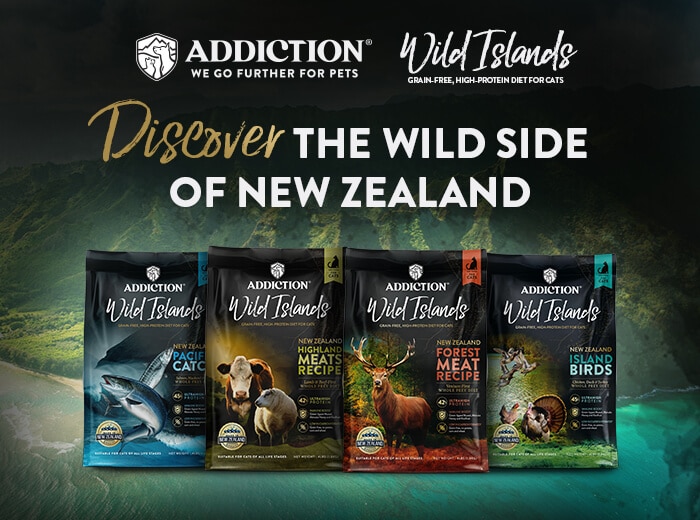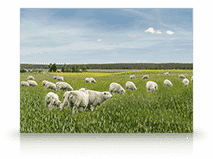Now that we covered some of the basics about skin, let’s talk about itching and scratching a bit.
There are several reasons why dogs and cats itch and scratch. They can be classified into four main categories. ‘Generalized itching’ occurs when there is regular scratching but the animal does not show visible signs of a problem and does not scratch any one particular area. ‘Persistent itching’ occurs when there is persistent scratching of a particular spot while showing visible signs of minor problems. There can also be the issue of ‘Chronic localized itching’, where the area will be warm to the touch, painful to your pet and may emit pus. These sores are known as hot spots. Hair will usually fall from the infected area. The affected areas are often irritated and painful to your pet, which leads to biting and scratching of the infected area. This can often cause the infection to spread, leading to more hot spots and more discomfort for your pet. The last and most severe case of itching in animals is ‘Chronic/Severe itching’ where the itching is usually caused by microscopic mites or fungal infection. The itch is very intense and outbreaks often occur around the ears, elbows and face. The skin will be crusty, scab-like, thick and dark and requires immediate veterinary attention.
How is it that some animals spend hours romping through fields, digging holes and rolling in the grasses and are free from skin problems yet others, kept indoors and fed an excellent diet, may have severe skin disorders. There are countless of possibilities out there so which is the best solution? Well, the type of pet foods which you have been feeding could actually play a part in the contribution of certain skin disorders and are usually underestimated by many pet owners. From ingredient quality to choice of ingredients, what is in our your pet’s food can have a significant impact on their skin and coat. One of the best things you can do for your furry friend is to get educated on what’s in their food. We’ll be talking later about food allergies, elimination diets, omega fatty acids and conjugated linoleic acid. Oooh, we’re all going to be so smart when we’re done with this series! Or at the very least, we’ll be better educated about what’s in our pet’s food and how it affects their skin and coat.
Hope you are all keeping warm and dry and giving your animals lots of love and snuggles.











